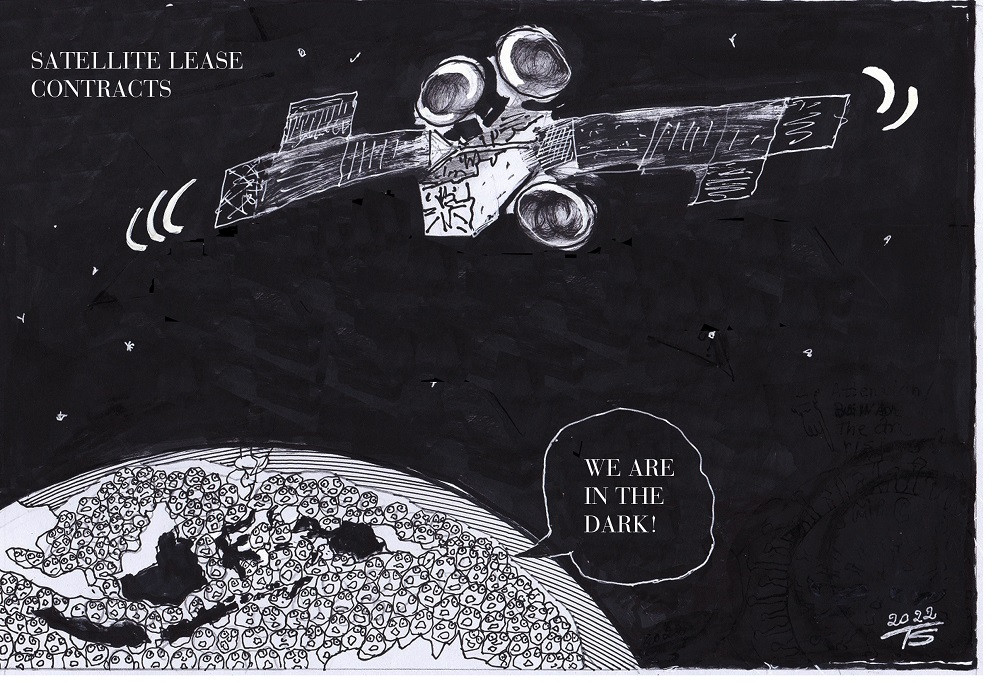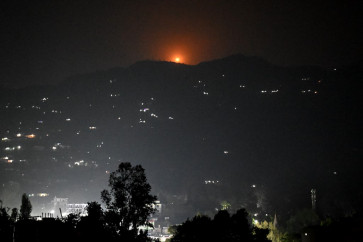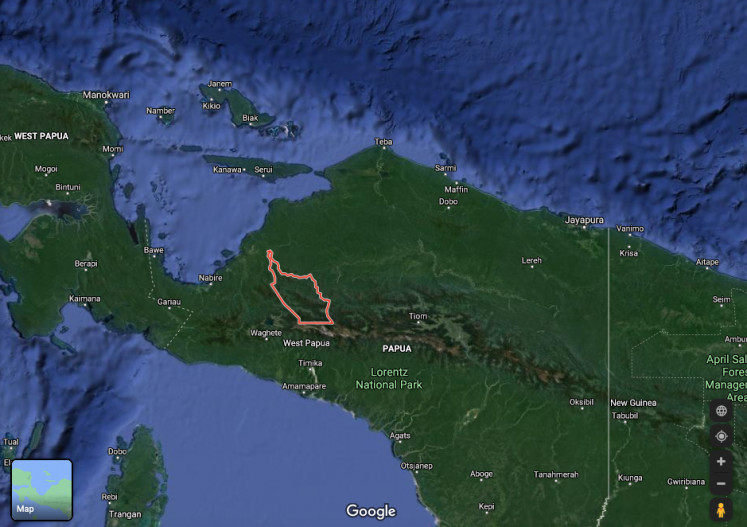Lessons on conservation from the Long March 5B debris
According to Article 9 of the OST 1967, state parties shall avoid any harmful contamination of the Earth's environment.
Change text size
Gift Premium Articles
to Anyone

T
he Indonesian, Malaysian, and Philippine publics were surprised by the news that the Long March 5B rocket booster fell into the Sulu Sea on July 31. This rocket booster was part of a Chinese Space Station module with a weight of 20 tonnes and a diameter of 30 meters.
According to observations, this booster crossed Sumatra, and some fragments of it crashed in an area stretching from Sanggau in West Kalimantan, before slamming into the Sulu Sea. This was confirmed by an eyewitness who saw the fragmentation of the rocket booster in Sarawak, Malaysia.
The space debris problem has become a very serious issue that needs to be solved for the safety of humans and space transportation. These problems align with the increasing number of space launch activities yearly. In 2020 alone, there were 114 launches carrying 1,300 satellites. With high demand for space missions in the future, we will likely see this phenomenon more frequently.
Article 6 of the Outer Space Treaty 1967 (OST 1967) says every state party that has caused damage to another party shall be liable. This sentence has been cemented in Article 2 of the 1972 Liability Convention, which holds that a state party shall be absolutely liable to pay compensation for damage caused by its space objects. For example, in 2016, part of the upper stage of a Falcon 9 rocket crashed in Sumenep on Madura Island in East Java and destroyed a local cowshed.
However, what if the space object just crashes into the ocean? As long as no damage occurs in other states, the launching state that the space object belongs to is not obligated to compensate anyone for such an incident. Yet, space debris may contain a hazardous substance that could possibly harm the ocean environment.
According to Article 9 of the OST 1967, state parties shall avoid any harmful contamination of the Earth's environment. But what is harmful contamination?
Unfortunately, there is no further explanation of what contamination means. Despite that, contamination must harm the environment and disadvantage human life. Space debris is part of harmful contamination.
The Space Debris Mitigation Guidelines note that if an operator wants to remove a space object from low Earth orbit, it must ensure that none of the parts of its space object that reach the Earth's surface pose a risk to humans, property or the environment.
The ocean is often assumed to be a “safe place” for space debris disposal by current practice. In general practice, most spaceports are near oceans or seas, which is for a good reason. Once the rocket fails or its booster reenters, those pieces will directly plunge into the ocean to reduce the risk of those pieces hitting neighborhoods. Also, suppose there's a defunct satellite. In that case, the Earth station will direct its defunct satellite to the ocean for safety reasons.
Unfortunately, the ocean environment has already been filled with many kinds of debris resulting from human waste. The vast majority is non-degradable waste such as plastics and styrofoam. According to the United Nations Economic and Social Commission for Asia and the Pacific (UN-ESCAP) policy brief on marine debris, Asia has contributed 86 percent of global marine debris released from rivers and contributes to maritime disasters like the Great Pacific Garbage Patch.
Article 3 of the OST 1967 clarifies that other international legal instruments could be applied in space activities and that the United Nations Convention on the Law of the Sea (UNCLOS) 1982 could be applied if space activities have a direct correlation and impact on the ocean.
Furthermore, Article 192 of UNCLOS 1982 says that every country should protect and preserve the marine environment. Again, Article 196 states that every country shall take measures to prevent ocean pollution with technologies.
Article 196 of UNCLOS 1982 does not define what “technologies” mean. But, according to the UNCLOS 1982 commentary, “technologies” mean all the parts of mechanical components and software of current and future technology. In conformity with Article 196 UNCLOS 1982, space technology, including rockets, satellites and other objects, could fall under this regulation. States should comply to prevent any further disadvantages resulting from their space activities that have a direct impact on the ocean environment.
The Long March 5B rocket that recently crashed is considered unharmful, according to Prof Thomas Djamaluddin. Nevertheless, we should not trivialize future space debris that enters the ocean, as it may contain hazardous substances that could lead to catastrophe for the ocean environment, such as in the nuclear-fueled Cosmos 954 that crashed in northern Canada and contaminated the surrounding area with radioactive debris in 1978.
***
The writer is a research fellow at the Indonesian Centre for the Law of the Sea (ICLOS) at the Padjadjaran University School of Law in Bandung.









